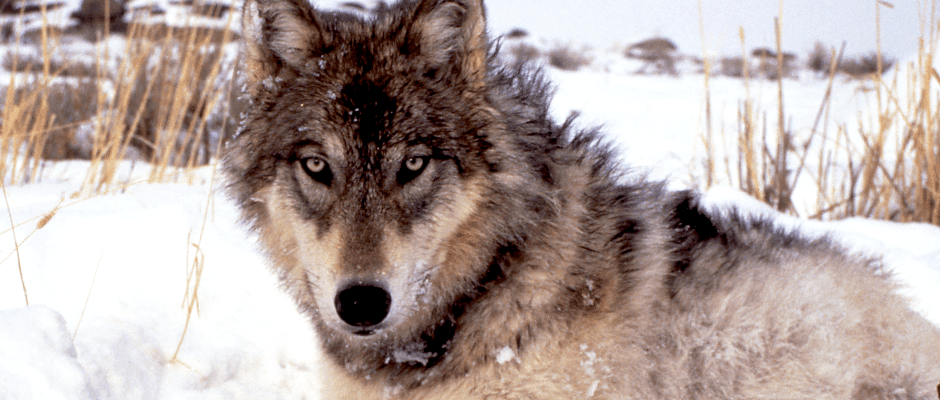Share this article
NPS indicates plans to relocate wolves to Isle Royale
The National Park Service plans to relocate 20 to 30 gray wolves (Canis lupis) to Isle Royale National Park in Michigan to increase the island’s wolf numbers and genetic diversity and establish a viable population.
The preferred action was announced in a final environmental impact statement in the Federal Register on March 16. First released in 2016, the EIS presents four options to address the declining wolf population. Two include long- and short-term relocation efforts, while one is a course of ”no action,” where the current wolf management plan would be implemented with no changes. The final option proposes NPS observe the ecological effects of a decreased predator population and relocate wolves in the future if necessary for ecosystem function.
NPS preferred Alternative B, the short-term relocation of 20 to 30 wolves.
NPS plans to capture healthy wolves from the Great Lakes region and release them in the park over a three-year period. In the event of a disease outbreak or a large die-off, the service could relocate more wolves for an additional two years. Relocations will not be permitted after five years.
Only two wolves — a father and daughter pair — currently remain in the park, which is an island 15 miles off the coast of Minnesota’s North Shore. Wolves first arrived on the island in the 1940s, crossing from Canada over frozen Lake Superior. The population peaked at 50 wolves in 1980 and has since declined, largely due to the impacts of inbreeding. Warmer temperatures have prevented the lake from freezing, stopping new unrelated individuals from crossing to the island and increasing the genetic diversity of the population.
As wolf abundance has fallen, the island’s moose population has increased. Moose (A. alces andersoni) first arrived in the early 1900s, and their population numbers peaked at 2,400 moose in 1995 and dropped to just 385 in 2007. A 2017 report from a long-term study of the Isle Royale wolves and moose estimated moose abundance at about 1,600 individuals.
The report also presented evidence that the increase in moose numbers has increased foraging pressure on the island’s vegetation. On the surface of one of the island’s lakes, watershield, an aquatic plant favored by moose, decreased from 70 to 25 percent from 2014 to 2016. Balsam firs have been unable to regenerate for many years due to intense foraging.
Some groups support NPS’ decision and believe a self-sustaining wolf population would reduce moose abundance and restore vegetation.
Others feel the decision moves against the NPS’ traditional hands-off management approach.
“Allow Isle Royale to be a wilderness park, let its future be shaped as it was during its not so distant past — by nature’s forces,” said Franz Camenzind, a wildlife biologist and board vice president with Wilderness Watch, to the Washington Post.
NPS will finalize and release the details of the relocation plan after the environmental impact statement has been open for public comment for at least 30 days.
Header Image: NPS indicates plans to relocate wolves to Isle Royale. @NPS








